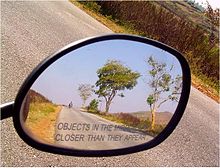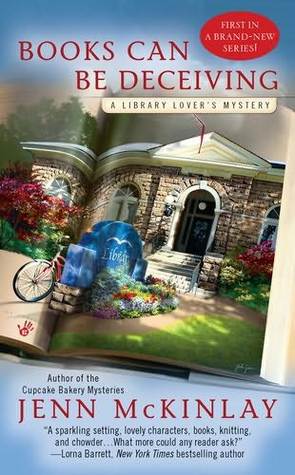 Books Can Be Deceiving (Library Lover's Mystery, #1) by Jenn McKinlay
Books Can Be Deceiving (Library Lover's Mystery, #1) by Jenn McKinlay Formats available: paperback, large print, ebook, audiobook
Series: Library Lover's Mystery #1
Pages: 304
on July 5th 2011
Purchasing Info: Author's Website, Publisher's Website, Amazon, Barnes & Noble, Kobo, Bookshop.org
Goodreads
Lindsey is getting into her groove as the director of the Briar Creek Public Library when a New York editor visits town, creating quite a buzz. Lindsey's friend Beth wants to sell the editor her children's book, but Beth's boyfriend, a famous author, gets in the way. When they go to confront him, he's found murdered-and Beth is the prime suspect. Lindsey has to act fast before they throw the book at the wrong person.
My Review:
I discovered this series as a read-alike for the Cat in the Stacks series by Miranda James, and it certainly. Both feature real-seeming librarians in almost-real libraries in small towns that are just perfect. Although I did miss Diesel, the librarian’s very large cat from the Cat in the Stacks series.
But where the Cat in the Stacks series is set in Athena Mississippi, the Library Lovers mysteries hail from Briar Creek Connecticut. Let’s just that the autumns are obviously a lot blustrier in coastal Connecticut than in the landlocked parts of Mississippi.
Unlike Charlie Harris at the beginning of the Cat in the Stacks series, Library Director Lindsey Norris is the relatively new director of the small town Briar Creek Public Library. She is also female, single, unencumbered and in her mid-30s – very different from widowed, 50-something Charlie with his grown children – and Diesel.
Lindsey on the other hand, is still feeling her way professionally and personally. Briar Creek is her first posting as the library director, and it’s not a career turn she had planned on. She had been an archivist at one of the Yale University libraries when budget cuts forced her to look in other directions. She found the position in Briar Creek because her best friend from grad school is the children’s librarian there.
Being a new, first-time director has its challenges. But no one plans on having one of their staff, particularly a friend, accused of murder. It’s difficult to tell which is worse, that Beth had both the motive and the opportunity for murdering her ex, or that the local sheriff is so determined to take the easy way out and place the blame on the “woman scorned” that he isn’t even looking for any other suspects.
He’s not exactly the sharpest knife in the drawer, either, and his bull-headedness is clearly driving the detective from the state Bureau of Investigation bonkers.
But with the local sheriff doing his level best to make sure Beth is found guilty, and the local press more than willing to stir up trouble just for the ratings, it’s up to Lindsey to focus her research skills on the late and not very lamented, to see if there’s someone else who might have a motive to end his existence.
The problem is that Lindsey’s research skills, as formidable as they are, barely keep her one step ahead of the killer – a step that closes faster than she expected.
Escape Rating B: I came down with the flu, and was looking for comfort reading again. As this will be posted just before I run off to the American Library Association Midwinter Conference, yet another library mystery seemed like a good fit.
Lindsey Norris does seem like “one of us”, much as Charlie Harris does. And for the same reason – her creator is also a library worker. But where I’d love to sit down and have coffee with Charlie, Lindsey reminds me much more of the “road not taken”. I often thought about becoming a library director but when I was interested I wasn’t able to make the leap, and eventually I realized that it just wasn’t my calling in the profession.
Seeing what Lindsey deals with, even in a fictional and perfectly imperfect library reminds me that I was right.
This story is the introduction to the series, the characters and the town of Briar Creek, and it does put the reader firmly into the middle of the action. Lindsey, as a transplant from somewhere else, is still warming up to the little town, and vice-versa, which makes her a good point of view character for the reader.
As is often the case, the case itself, the murder at the heart of the mystery, is just a bit over the top, but the scenes of small town life and Lindsey fitting herself into it are well done. The reader can certainly see why she’s fallen in love with the place.
A lot of what happens in the Briar Creek Public Library is very true to library life, both the good and the bad. Every library, big and small, has patrons just like those in Briar Creek, the good, the bad, the loud, the demanding, the weird and the obstreperous.
The staff, while occasionally a bit too good to be true and sometimes a bit too bad or weird to be true, is also quite true-to-life. And unfortunately that includes the nasty character of Ms. Cole, the head of the circulation department and the disapprover of everything that Lindsey, Beth and anyone not the previous (and deceased) library director. That Ms. Cole can’t let go of her resentment of change and the advent of the 21st century is unfortunately all too plausible. I’ve worked both with and for people like her in my career (and supervised a few), and saying that it is never fun is a serious understatement.
But Lindsey is the new director of the library. That makes her Ms. Cole’s boss, whether either or them likes it or not. That Lindsey, with just about six months tenure under her belt, has not figured out what to do about Ms. Cole yet is not surprising. The woman is a fixture in the library and the community – even if a frequently resented one. The problem isn’t just that Ms. Cole challenges Lindsey’s authority at every turn, although that is a problem.
What I found questionable, to the point where it threw me out of the story, is that Lindsey isn’t even thinking about what she should do about Ms. Cole. While the reality is that the answer may be very little, she’s at the point in her job where she should be at least thinking about some changes. This disturbed me because Lindsey makes it clear at one point that she is aware that part of the joy of the job from Ms. Cole’s perspective is to torment and browbeat the library shelvers, who are usually teenagers in their very first job. While life isn’t fair, and bad things happen to good people, etc., etc., etc., for Lindsey to be aware of this and not even be thinking about what to do about this aspect of Ms. Cole’s performance of her duties is problematic.
And now I’ll get down off my soapbox.
But if you like cozy mystery series like Cat in the Stacks, or other small town mystery series that feature the mainstays of the town, Books Can Be Deceiving is a lot of fun. I have the other books in the series and I’m looking forward to returning to Briar Creek the next time I need a comfort read.
Reviewer’s Note: One of the reviews listed in Goodreads for this book was written by a dear and departed friend. I knew that if she liked it, I would too. I wish I could talk about it with her, because I’d love to hear the snark that she left out of her review!

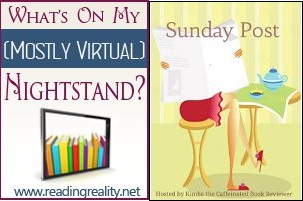
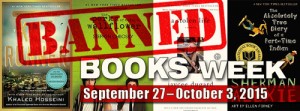 And before we end the weekend, let’s take a look at what happened last week. It was a theme week for
And before we end the weekend, let’s take a look at what happened last week. It was a theme week for 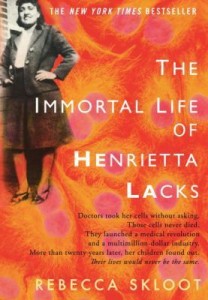 Blog Recap:
Blog Recap: Coming Next Week:
Coming Next Week: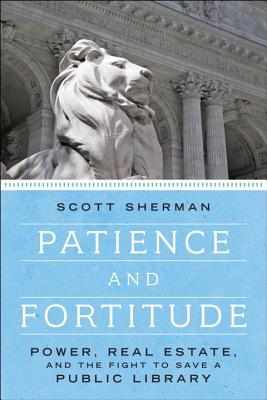 Patience and Fortitude: Power, Real Estate, and the Fight to Save a Public Library by
Patience and Fortitude: Power, Real Estate, and the Fight to Save a Public Library by 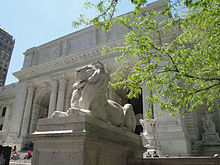
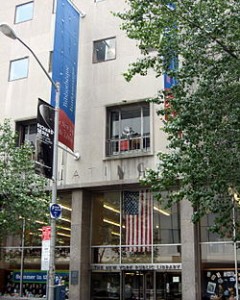

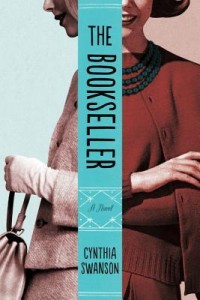 Blog Recap:
Blog Recap: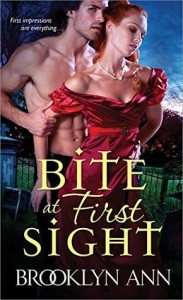 Coming Next Week:
Coming Next Week: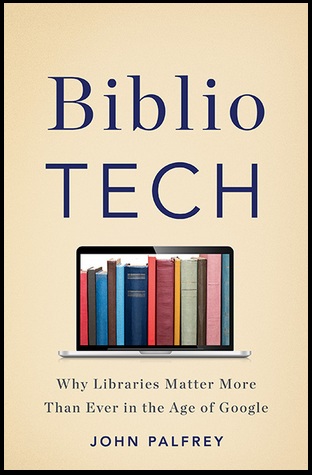 Format read: ebook provided by the publisher via NetGalley
Format read: ebook provided by the publisher via NetGalley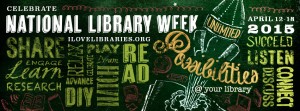
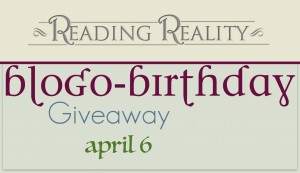
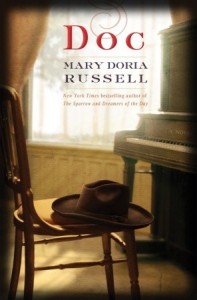















 When I started
When I started  Jeffe Kennedy is an award-winning author with a writing career that spans decades. Her works include non-fiction, poetry, short fiction, and novels. She has been a Ucross Foundation Fellow, received the Wyoming Arts Council Fellowship for Poetry, and was awarded a Frank Nelson Doubleday Memorial Award. Her essays have appeared in many publications, including Redbook. Her most recent works include a number of fiction series: the fantasy romance novels of A Covenant of Thorns; the contemporary BDSM novellas of the Facets of Passion, and an erotic contemporary serial novel, Master of the Opera, which released beginning January 2, 2014. A fourth series, the fantasy trilogy The Twelve Kingdoms, hit the shelves starting in May 2014 and a fifth, the highly anticipated erotic romance trilogy, Falling Under, will release starting in July.
Jeffe Kennedy is an award-winning author with a writing career that spans decades. Her works include non-fiction, poetry, short fiction, and novels. She has been a Ucross Foundation Fellow, received the Wyoming Arts Council Fellowship for Poetry, and was awarded a Frank Nelson Doubleday Memorial Award. Her essays have appeared in many publications, including Redbook. Her most recent works include a number of fiction series: the fantasy romance novels of A Covenant of Thorns; the contemporary BDSM novellas of the Facets of Passion, and an erotic contemporary serial novel, Master of the Opera, which released beginning January 2, 2014. A fourth series, the fantasy trilogy The Twelve Kingdoms, hit the shelves starting in May 2014 and a fifth, the highly anticipated erotic romance trilogy, Falling Under, will release starting in July.
 About Mary Ann RiversMary Ann Rivers was an English and music major and went on to earn her MFA in creative writing, publishing poetry in journals and leading creative-writing workshops for at-risk youth. While training for her day job as a nurse practitioner, she rediscovered romance on the bedside tables of her favorite patients. Now she writes smart and emotional contemporary romance, imagining stories featuring the heroes and heroines just ahead of her in the coffee line. Mary Ann Rivers lives in the Midwest with her handsome professor husband and their imaginative school-aged son.
About Mary Ann RiversMary Ann Rivers was an English and music major and went on to earn her MFA in creative writing, publishing poetry in journals and leading creative-writing workshops for at-risk youth. While training for her day job as a nurse practitioner, she rediscovered romance on the bedside tables of her favorite patients. Now she writes smart and emotional contemporary romance, imagining stories featuring the heroes and heroines just ahead of her in the coffee line. Mary Ann Rivers lives in the Midwest with her handsome professor husband and their imaginative school-aged son.
